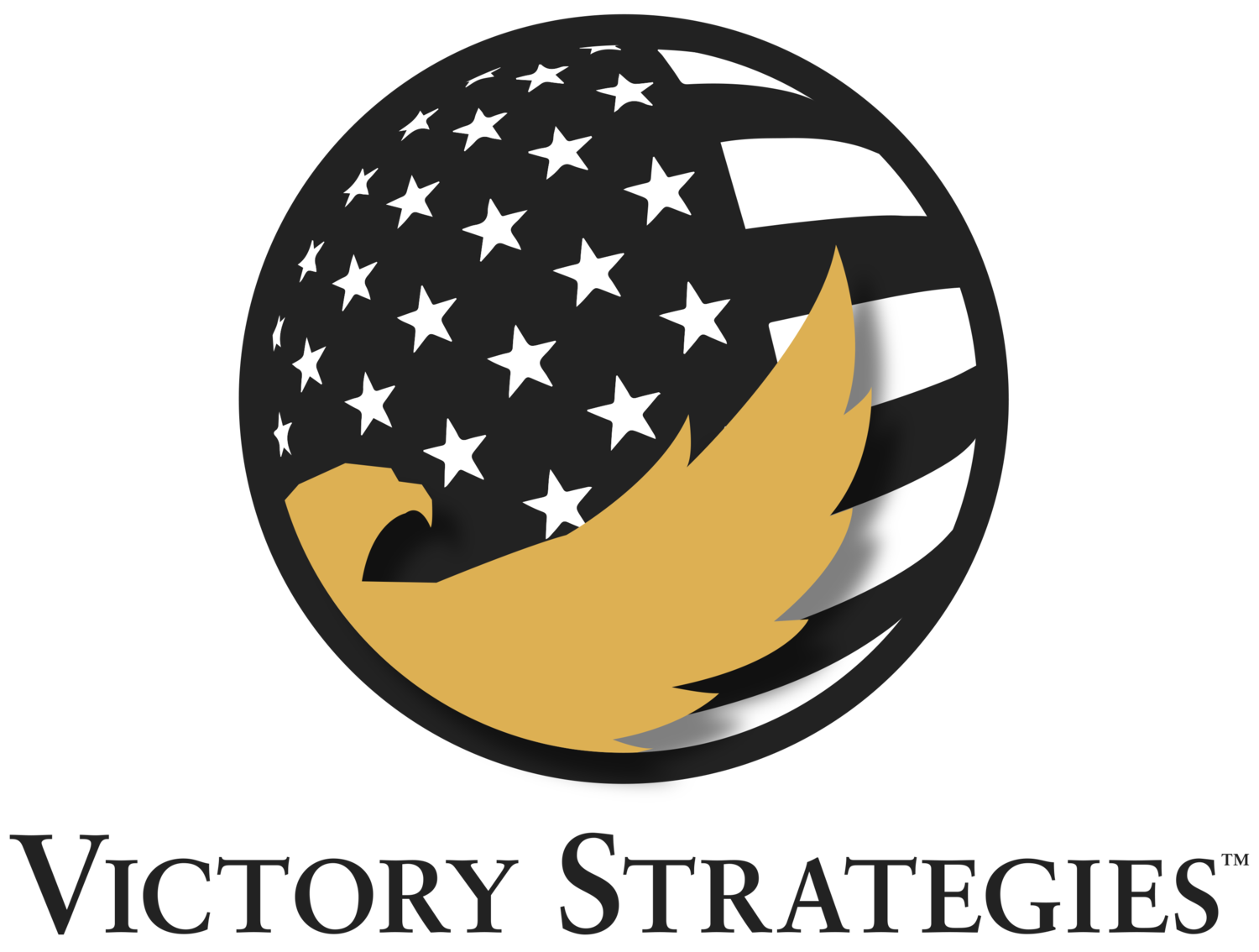This article tells no grand story of leadership failure or triumph. It has no references to a Harvard Business School article, the latest leadership book, or other conventional sources. Instead, this writing aims to share some very practical, powerful tools you can deploy as a leader right now.
I believe, and have witnessed in my own leadership journey, that when these simple principles and processes are deployed sincerely and demonstrated transparently by the leader, they can become force multipliers for teams and organizations. The principles at play here (Gratitude and Appreciation) are eternal and scratch itches that we all have as human beings craving affirmation and acceptance.
Below are some tools and techniques I have picked up and have added to my leadership “toolbox.” I encourage you to evaluate them and consider adding them to your leadership approach and deploy them in positive ways that create value and make a difference.
Gratitude
Add it to the agenda and ask the question.
At the company I currently lead, the top of every agenda for our Servant Leadership Team (SLT) meetings, staff meetings, huddles, etc., is an agenda item labeled “Gratitude Moment.” So, we start every meeting by investing time and attention in having everyone share something that they are grateful for today.
Short and sweet, sometimes simple, but always insightful. These small moments help build trust and connection, particularly if you as the leader are courageous and transparent enough to “walk your talk” as a servant leader and be very thoughtful about what you express gratitude about. Some responses are simply, “thankful I have a job,” “thankful that I woke this morning,” and others sometimes are deeply personal, specific and reveal much about the individual sharing their moment of gratitude.
If nothing else, these moments demonstrate that life is about more than work, money, success, etc. that we are all more fundamentally connected and motivated by the same desires, wants, and needs.
Making this practice a part of your organizational DNA can be powerful and transformational. As individuals and teams begin to build more trust, walls come down, conflicts decrease or are more easily identified and resolved, and relationships are built.
Surprise people with it.
Many years ago, I decided to modify my voicemail message. After the standard verbiage we all usually include, I added, “Oh yeah, before you hang up, please just share with me one thing you are grateful for today.” As a result, I have had fantastic feedback and comments over the years from callers who express genuine surprise and delight at the question. In addition, I have had a similar array of generic responses and very detailed, personal expressions of gratitude in those messages. I have also added the same question to the required responses for the scheduling application that I use and have in my email signature.
~ What are you grateful for today? ~
Appreciation
I do not claim any credit for the idea below. I learned and embraced this idea and process after serving on the leadership team of a large medical device company that encountered this from a leadership consultant working with the senior leadership team to help improve trust, transparency, and communication within the group.
The process is simple but can have profound impacts. The intent is to clearly, specifically, and personally express gratitude to someone about something and articulate how that makes you feel. As outlined in the image below, it flows like this (and the format and flow are essential and key to the process):
Look the person in the eye, preferably in person or even virtually when necessary
Start by saying their name
State precisely what you appreciate about them or what they have done
Express specifically how that makes you feel
Here is a theoretical example of a generic company interaction:
“Erin, I appreciate it when you consistently come to our weekly staff meetings well prepared with the data, information, and insights we need about operations to help us make thoughtful, informed prioritization decisions for the team and company. When you do that, it makes me feel confident that we are making the best decisions possible and thankful to have you as a colleague and as a leader on our team.”
You may find that some team members are reticent to share or feel awkward when “appreciated.” It is crucial to lead by example when starting this process, both following the flow and ensuring that your expression of appreciation is sincere, personal, and meaningful. This process gets easier over time as team members feel more comfortable appreciating and being appreciated. I have used a form of the card above in helping to introduce and facilitate the process initially.
I have been fortunate enough to be part of and have led this process with small teams where everyone shares and in large groups where the larger group members appreciate a single individual or specific team or group. In both scenarios, the process has produced positive impacts and outcomes. In some cases, it even brings the appreciated individual to tears from the emotion of feeling truly seen, heard, and genuinely appreciated and affirmed.
Creating a winning culture is hard. Sustaining it as you grow is even more challenging. However, I believe that weaving these principles and practices into your leadership playbook can help you and your leadership team build and sustain a positive, sustainable culture as a team and company.
I am grateful for each investing the time to read this article. I hope you found it helpful and appreciate the potential impact of these concepts on your leadership journey.
Authored By: Bryan Stewart, Director

